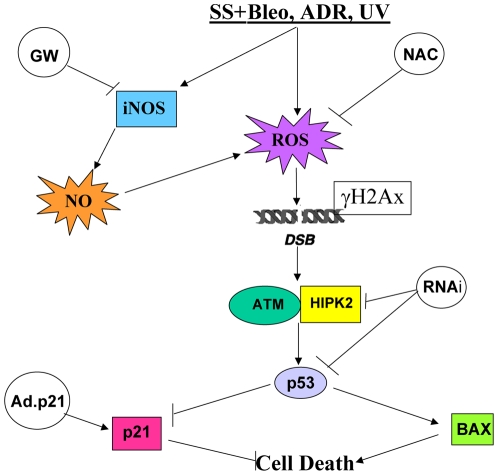Figure 6. Schematic representation of SS-dependent signalling pathways activated in the presence of genotoxic damage leading to endothelial cell death and preventative interventions.
Endothelial cells exposed to laminar shear stress (SS) and various sources of genotoxic damage (Bleo, Doxo, UV) generate reactive oxygen species (ROS) and up-regulate the inducible nitric oxide synthase at protein levels (iNOS) which, elevating the intracellular content of nitric oxide (NO), contributes to the increase of the intracellular ROS content. Genotoxic damage generates single and double DNA strand breaks which determine Ataxia-telangectasia mutated kinase (ATM) activation and phosphorylated histone 2AX incorporation (γH2AX) in DNA repair foci. ATM is known to regulate the homeodomain-interacting protein kinase 2 (HIPK2) which participate to the DNA repair process regulating p53 function by Serine 46 phosphorylation and activation along a DNA repair or proapoptotic signalling pathways. The latter regulated by proapoptotic members of the BCL2 protein family (BAX). In this condition, the SS-and p53-dependent cell cycle inhibitor and anti-apoptotic molecule p21waf1,cip1,sdi1 (p21) is inhibited contributing to endothelial cell death. Interventions aimed at reducing the ROS level, the production of NO or the intracellular content of HIPK2 and p53 reversed the SS-dependent endothelial cell death. Remarkably, the adenovirus-mediated (Ad.p21) p21waf1,cip1,sdi1 over-expression revealed an important protective role of this molecule preventing apoptosis in the presence of SS and genotoxic agents.

